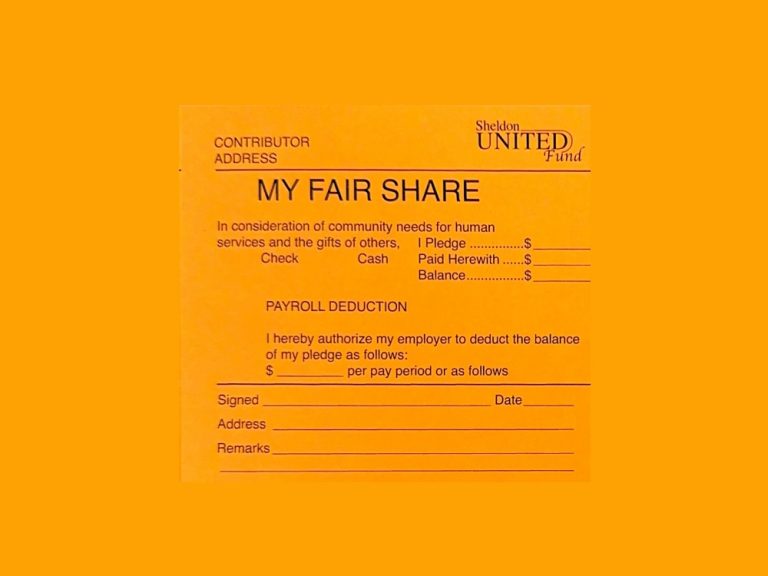 Sheldon, Iowa — This is Severe Weather Awareness Week in Iowa. Each day this week, the National Weather Service is focusing on a different severe weather topic.
Sheldon, Iowa — This is Severe Weather Awareness Week in Iowa. Each day this week, the National Weather Service is focusing on a different severe weather topic.
Today’s topic is severe thunderstorms.
Thunderstorms are a common occurrence each spring and summer across the Midwest. Thunderstorms can be extremely dangerous. They may bring deadly tornadoes and lightning, damaging high winds and hail and can lead to flash flooding.
The National Weather Service issues severe thunderstorm warnings for thunderstorms that are producing, or are capable of producing one of two weather events, says Warning Coordination Meteorologist Todd Heitkamp with the Sioux Falls office.
A Severe Thunderstorm Watch means conditions are right for severe thunderstorms, and you should stay aware that a warning may be issued.
A Severe Thunderstorm Warning means National Weather Service meteorologists have determined that a severe thunderstorm is occurring or likely to occur. Warnings indicate imminent danger to life and property to those in the path of the storm.
But many people do not pay as much attention to a severe thunderstorm warning as a tornado warning, saying, “it’s just a severe thunderstorm warning”. Heitkamp says that severe thunderstorms can be just as dangerous as tornadoes, perhaps more than some, it’s just that the winds are straight, not in a vortex.
Heitkamp says the weather service also wants you to remember that not all warnings are the same, and people need to listen to the specifics to hear what kind of weather for which to prepare.
Also, although lightning can be deadly, it is not a criterion for what the National Weather Service defines as severe since even ordinary thunderstorms can produce a lot of lightning. If you can hear thunder, weather service officials say you are close enough to be in danger from lightning. Their rule of thumb is, “If thunder roars, go indoors.”
Tomorrow’s theme is warning reception. The weather service wants to help you decide how you are going to make sure your family knows about and acts on severe weather watches and warnings.
For more information, click here for the National Weather Service’s Severe Thunderstorm Pamphlet












